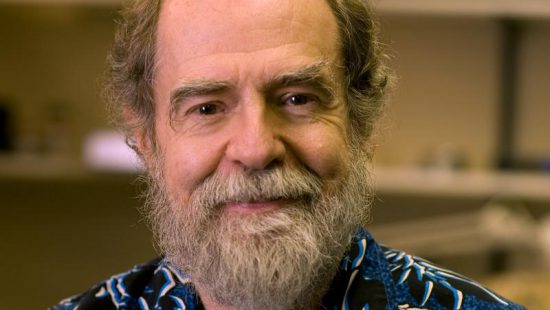Seismic waves are the result of natural disasters like volcanic eruptions, earthquakes, tsunamis and landslides. These waves travel through earth’s layers and their properties vary depending upon the consistency of the geological material they pass through. Physical scientist Don Anderson dedicated his career towards studying earthquakes in order to extract information about our planet’s subterranean structure. Anderson also researched how the earth’s mantle layer reacts under high pressures and temperatures.
Up until the early 1970s, there wasn’t a model that detailed the Earth’s inner layers. In 1977, Anderson paired up with colleague Adam M. Dziewonski to create a model that would record important data like the travel time of seismic body waves, the periods of the wave’s oscillation, and the reduction in the wave’s strength.
The product of this collaboration, Preliminary Reference Earth Model (PREM), has become a cornerstone in geophysics. Thanks to PREM, scientists are now able to create 3D maps of earthquakes to monitor its velocity changes, as well as how it impacts the Earth’s sub-surface. In addition to developing today’s seismological technology, PREM has also provided scientists with a standard geophysical model to refer to when looking at planets with structures similar to Earth’s.
By Kristen Brida







